

Open working: how to get started
Awdur: Doug Belshaw;
Amser Darllen: 9 munud
Mae hwn yn adnodd agored. Mae croeso i chi ei gopïo a'i addasu. Darllenwch y telerau.
Os hoffech gymorth pellach gyda'ch her ddigidol, trefnwch sesiwn am ddim gyda DigiCymru
This resource is for:
- People in small charities who are interested in open working but are unsure where to start
- Anyone wanting to understand the benefits of open working to their organisation
It includes practical examples to help you put in place open working practices.
By the end of this guide, you will understand how to get started with open working in your organisation.
1. Open working’s five characteristics
‘Open’ can be an ambiguous term so we will use The Open Organization Definition. This outlines five key characteristics of an ‘open’ organisation or project:
- Transparency
- Inclusivity
- Adaptability
- Collaboration
- Community
Open working can lead to greater agility, faster innovation, and increased engagement. This happens by sharing information more openly.
Open working can be particularly beneficial for small charities, as it increases efficiency. It also helps build trust with supporters and promotes a continuous learning culture.
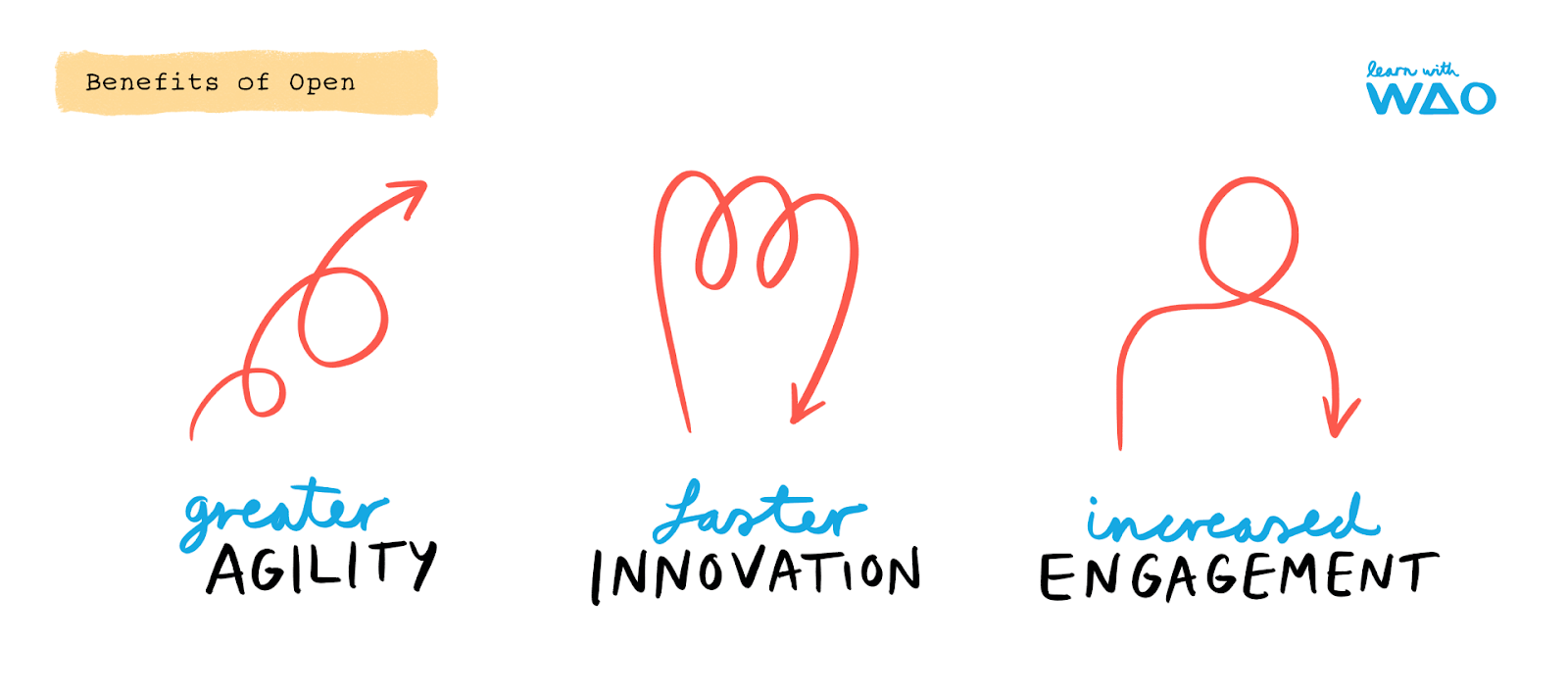
Doing open working: examples
Practical examples of open working in small charities include:
- Sharing in-progress project plans with stakeholders such as donors, partners, and beneficiaries. This increases transparency and encourages input from diverse perspectives.
- Creating a repository of resources, such as templates, guidelines and training materials. Team members and stakeholders can access and add to these. Also, where appropriate, you may choose to give external stakeholders access.
- Running regular community calls and open forums, both online and offline. This enables staff, volunteers, and partners to discuss ideas, challenges, and opportunities.
2. Open working builds trust within your stakeholders
Open working is an approach which anyone involved with your organisation can use. What it looks like in practice might vary depending on different roles. At its core, it’s about generating trust through transparency.
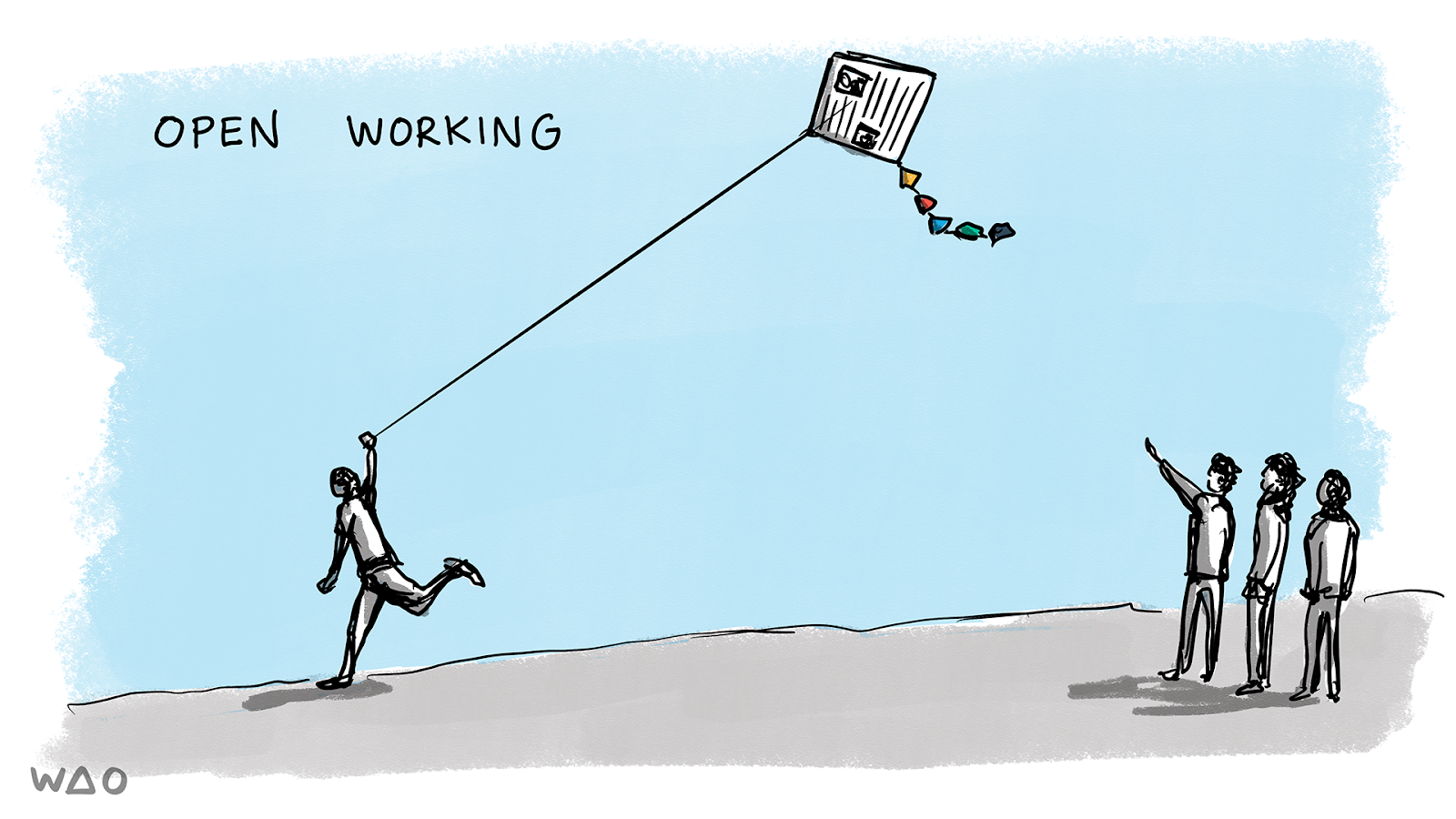
Open working involves reducing barriers while increasing collaboration. It’s not another ‘hoop’ to jump through, but a way of ensuring you meet the needs of your beneficiaries.
Benefits of open working to various stakeholders:
- Staff and volunteers — greater agility, faster innovation and increased engagement.
- Donors and supporters — builds trust, and shows both transparency and accountability.
- Partner organisations and networks — more shared learning, resource sharing and collective problem-solving.
- Beneficiaries and service users — more inclusive decision-making, responsive scheduling and diverse approaches.
Examples of outcomes for stakeholders
Here are some examples of using open working to improve outcomes.
Programme co-design
A small charity works with its donors and partners to deal with an important community issue. Using their combined expertise and resources results in a more targeted response. This in turn leads to greater trust between the organisations.
Evaluation and improvement
Beneficiaries and service users take part in evaluating an existing service. They provide valuable feedback that leads to its improvement. As a consequence partner organisations cooperate and collaborate better.
Joint fundraising
Staff, volunteers, and partner organisations organise a fundraising event. They pool their resources, networks and skills to maximise the impact and reach. As a result, beneficiaries get involved in the design and delivery of programmes.
3. Overcoming obstacles to open working
Any organisational change faces obstacles. Open working is no different. A common example of this is resistance to change. There may also be concerns about confidentiality, as well as a lack of resources.
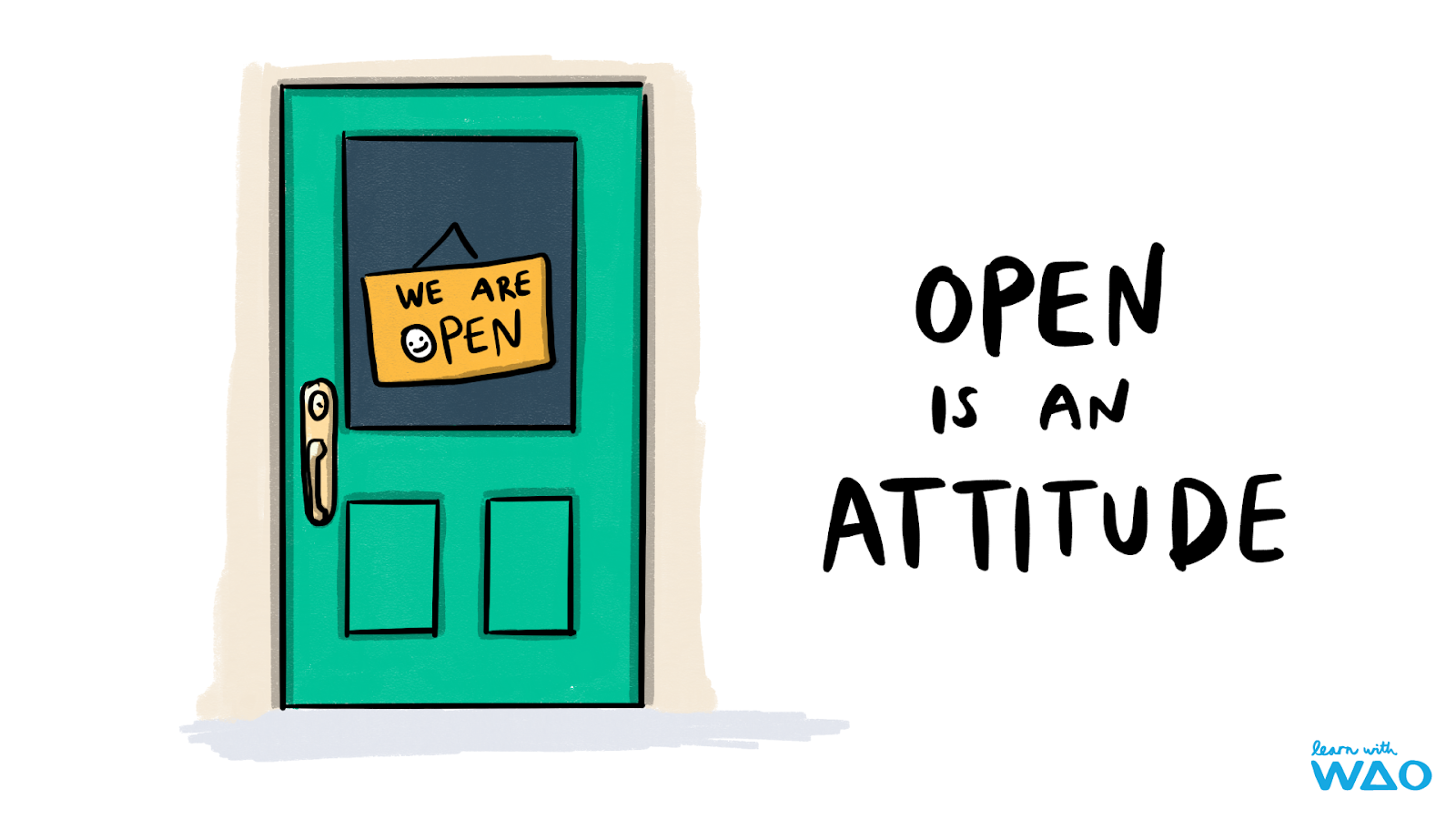
Sometimes, there are very real barriers to address. We shouldn’t push these aside, but rather treat concerns seriously and deal with them in turn.
To overcome these hurdles:
Address concerns
Communicate benefits of open working and how it aligns with your organisation’s values. You might hold workshops or presentations that showcase successful open working initiatives. These will be powerful if they show positive outcomes for other, similar, organisations.
Example: a small charity facing resistance to change engages an open working expert. They deliver a series of workshops to highlight benefits and address staff concerns. This results in increased understanding and willingness to adopt new practices.
Establish clear guidelines
Guidelines help protect sensitive information while promoting transparency in other areas. This could involve implementing a way of classifying levels of information sensitivity. It could also include applying appropriate access controls. The default could be to be making documents public, or at least open to everyone within your charity.
Example: an organisation concerned about confidentiality creates a tiered system for document access. This ensures sensitive information is protected and non-sensitive materials are openly available. As a result, collaboration and knowledge sharing increases between staff and other stakeholders.
Train staff and volunteers
Provide ongoing support as your stakeholders adapt to open working practices. Offer workshops and resources to help team members develop the necessary skills. These will also help them understand the principles of open working.
Example: a charity with limited resources works with other organisations in its network. They provide access to shared resources, tools, and expertise. This enables the charity to encourage open working practices without significant financial investment. In turn, this leads to positive organisational change.
4. Preparing your organisation for open working
Springing a surprise on your colleagues is never a good idea if you want any change to stick. So, before implementing open working practices, you need to lay the groundwork.
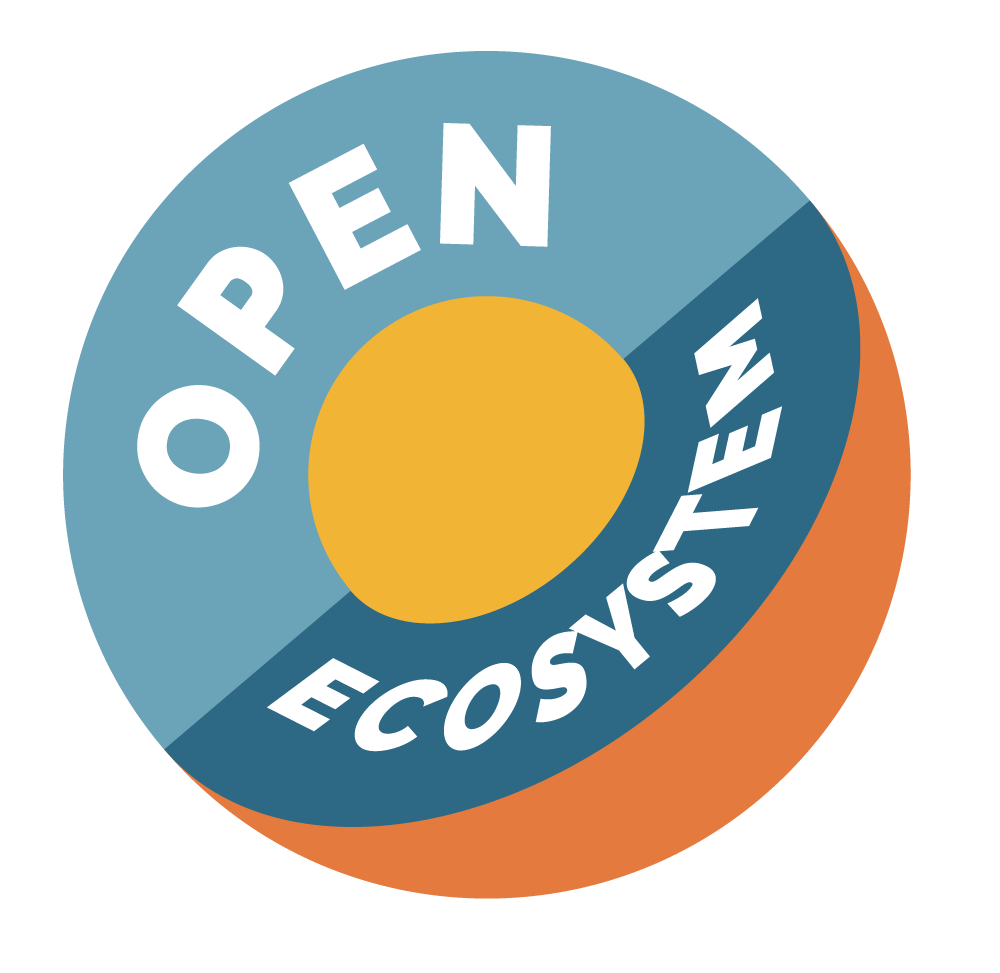
Change management aims at sparking real and lasting differences within an organisation. This can take time and effort. Begin by setting up the initiative for success. To set up well:
Develop a clear vision
Create a vision for open working within your existing strategies. Outlining a roadmap with a step-by-step approach will increase confidence.
Example: the leadership team of an organisation creates an open working roadmap. This includes specific objectives such as increasing the transparency of decision-making. It also includes establishing regular open forums for collaboration and feedback.
Identify champions
Every organisation has people who are more or less enthusiastic about a change. Choose champions who are already convinced of the benefits of open working. They should be capable of inspiring others to embrace new ways of working.
Example: a non-profit identifies several staff members with an interest in open working. They give them training and resources to help them lead the change process.
Build awareness
Communicate to staff, volunteers, and other stakeholders that support and training is available. Use internal newsletters, team meetings, and social media platforms to share updates. This can also be a good way to share examples of success.
Example: a CIC hosts a series of open working workshops for staff and volunteers. They follow-up with regular check-ins and progress updates to maintain momentum. The CIC sends out regular newsletters to supporters to highlight benefits.
5. Transforming organisational culture for open working
Organisational culture sustains open working. So nurturing open working is an ongoing process of nurturing culture.
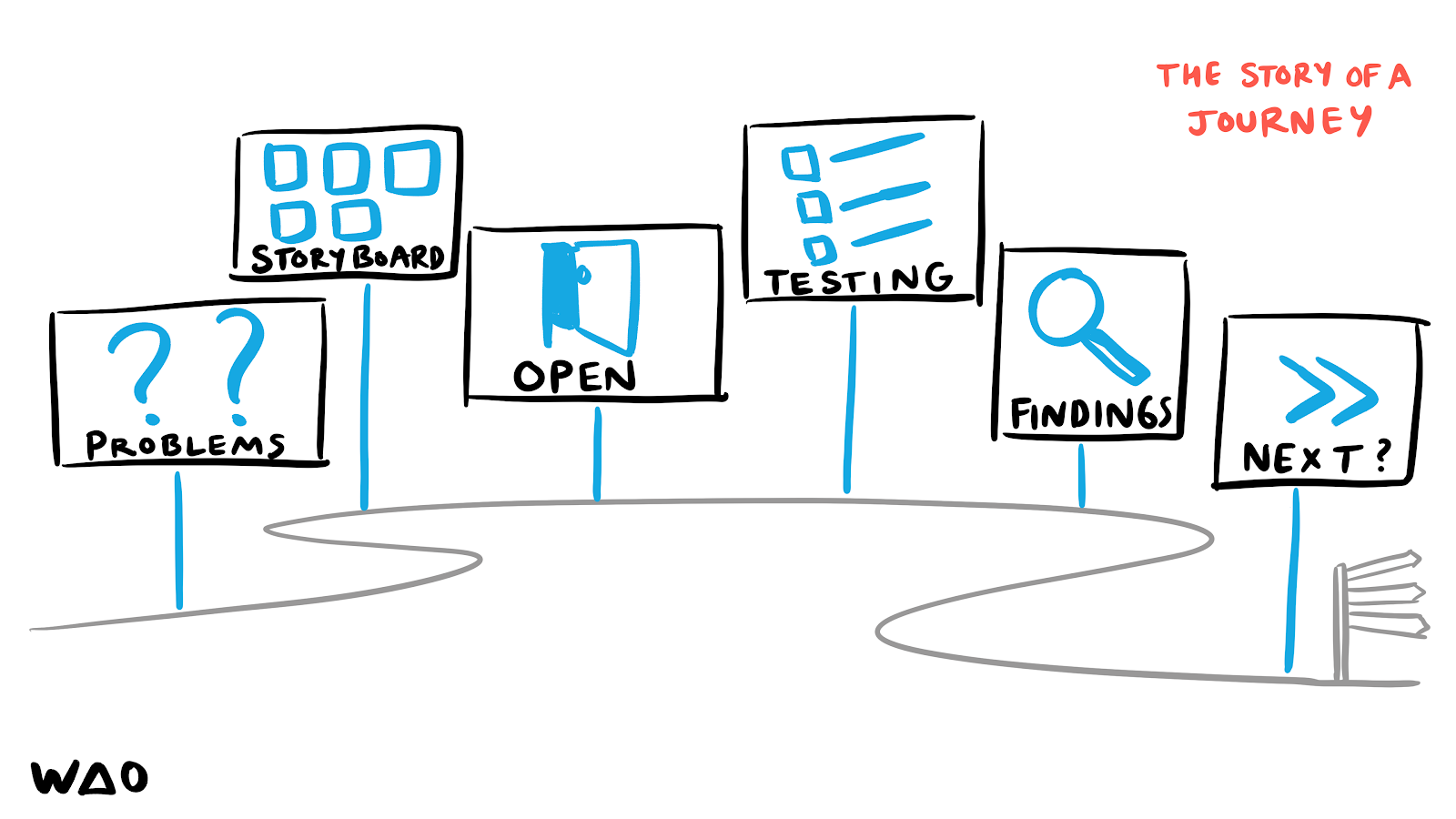
Remember: open is an attitude rather than a tick-box exercise. This means that open working in your organisation might look different to others. Yet, although context matters, all open working organisations share a common culture.
To foster an open working culture:
Encourage open behaviours
Practise approaches such as open communication, active listening, and constructive feedback. Introduce regular team meetings where staff and volunteers can share ideas and achievements. You may also wish to put in place anonymous feedback channels such as online surveys. These ensure that everyone feels comfortable voicing their thoughts.
Example: an NGO establishes monthly ‘open space’ meetings for staff and volunteers. They discuss current projects, challenges and ideas in a supportive, collaborative environment. This encourages open communication and strengthens working relationships.
Recognise and celebrate contributions
Implementing open working practices can be anxiety-inducing for some. That’s why it’s important celebrate their contributions as well as their successes. Depending on the individual, this recognition can come in public or in private. Either way, it reinforces the value of open working.
Example: a charity creates a monthly and annual ‘Open Working Award’ to recognise team members. They award it to those making significant contributions to promoting open working practices. This celebrates their achievements and inspires others to follow their example.
Provide ongoing training and support
This helps colleagues develop the skills needed for open working. Run workshops, but also consider mentoring and peer-to-peer learning opportunities. These can focus on the key competencies required for successful open working. Such competencies include communication, collaboration, and problem-solving.
Example: a co-operative in a particular location partners with a local training provider. Together, they offer a series of workshops on open working skills. These workshops include a focus on effective communication and data sharing. Staff and and volunteers gain the knowledge and abilities to work openly.
6. How to start working more openly
Working openly can be daunting, but the rewards are worth it! The approach is particularly useful for small charities, as it helps promote
- greater agility
- faster innovation
- increased engagement.

Remember that some of the tips and techniques in this resource depend on your context. You should treat these as ideas to inform practice in your organisation.
How to get started with open working:
Open up decision-making
Invite staff, volunteers, and your beneficiaries/audience to contribute their ideas and opinions. This is particularly important when it comes to key decisions. Run brainstorming sessions to collect and discuss suggestions for a new project.
Example: a small charity organises a series of workshops to gather input into a new programme. Staff, volunteers, and beneficiaries discuss the development of the programme. This ensures that the charity considers a diverse range of perspectives.
Share, share, share
Keep your stakeholders up-to-date with your organisation’s work and progress. Inform them not only of your successes, but your challenges and ongoing projects. You can do this through newsletters, weeknotes, blog posts, or social media updates. Increased transparency helps build trust and strengthens relationships.
Example: an organisation creates a public-facing project dashboard that provides real-time updates. The dashboard shows data on the progress, challenges, and achievements of its projects. This offers stakeholders greater insight into the organisation’s work and impact.
Establish partnerships and collaborations
Work with other organisations or networks in your sector. You can learn from their experiences, and vice-versa. Also, you can pool resources and develop new programmes or initiatives together.
Example: 2 non-profits form a partnership to develop a new training programme. They use their combined expertise and resources to create a more effective offering.
Next steps
These resources may help you further on your open working journey:
- Catalyst’s National Lottery Community Fund funded Open Working Toolkit
- A free email based course from We Are Open Co-op called What We Talk About When We Talk About Open
- Introductory resource created for a cohort of Sport England National Governing Bodies, but applicable to every kind of organisation: Open Working 101.
—
Attribution: images CC BY-ND by Visual Thinkery for WAO
Wedi'i gomisiynu gan Catalyst
